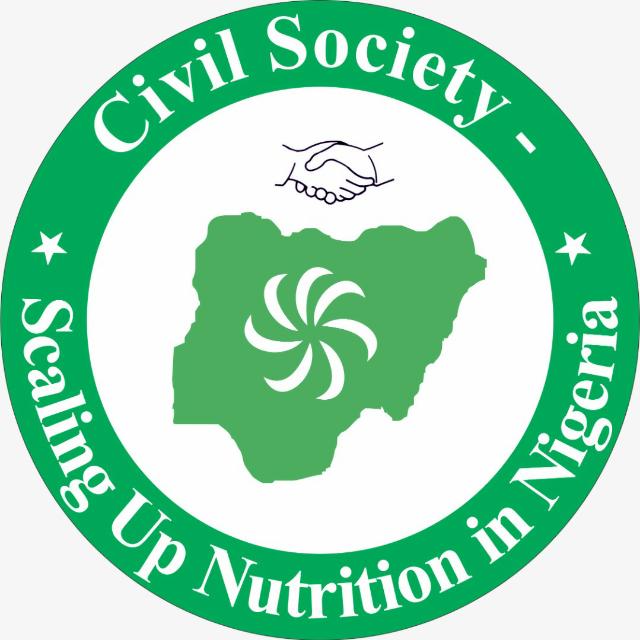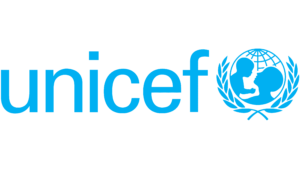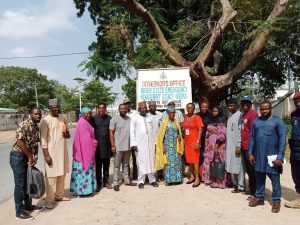Hey Hey!
So, today’s discussion is centered on adolescents and anemia.
Young people make up a greater percentage of Nigeria’s population (almost 70% according to ‘The Conversation’). It is important to educate them about nutrition issues.You may be wondering why I chose to write about anemia and that’s because there is so much to know about it and how young people can be affected by it if care is not taken. So, we will be looking at what anemia is, how it affects adolescents, and the role that adequate nutrition and a healthy lifestyle has on the health and wellbeing of young persons.
Anemia is a global health problem affecting both developing and developed countries. In Nigeria, adolescents, especially adolescent girls are more vulnerable to anemia because of gender norms that can leave girls disproportionately impacted by food insecurity, increased iron requirements related to their rapid growth, and blood loss as a result of menstruation.
What is Anemia?
Anemia is a condition where an individual lacks enough healthy red blood cells to carry adequate oxygen to his or her body. Causes of anemia are iron deficiency, a diet lacking in vitamin B-12 and folate, certain diseases such as cancer, HIV/AIDS, kidney disease, bone marrow disease, and other factors like menstruation, pregnancy, family history and age.
Based on the World Health Organization (WHO), adolescents are said to be anemic when their hemoglobin level is less than 12mg/dl. Although nutritional anemia affects both genders and all age groups, the problem is more prevalent among adolescent girls.
What are the causes of anemia in adolescents?
Undernutrition, decreased iron intake, rapid physical growth, menstrual loss for adolescent girls, high iron demand for hemoglobin formation, reproductive maturation, irregular eating habits, economic and living status, household food security and dietary diversity. Some of the effects of anemia include decreased wellbeing and productivity, increased maternal and infant morbidity for adult pregnant women.
What is the way forward?
Well educating adolescents on anemia and the need for them to stay healthy and eat healthy including during menstruation for adolescent girls. Adolescents should consume foods with iron as well as foods that help the body absorb iron, like orange juice, strawberries, broccoli, or other fruits and vegetables with vitamin C.
I hope that with this information, you’ve been enlightened. Bye for now!




